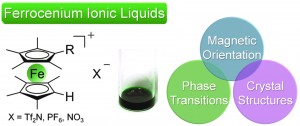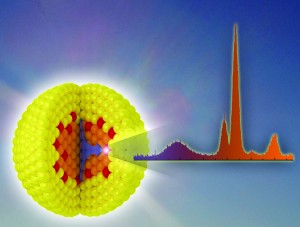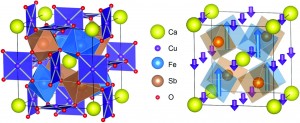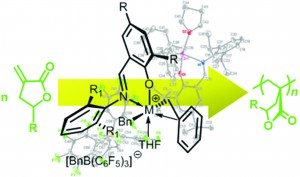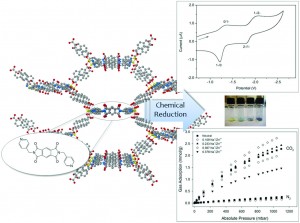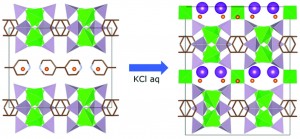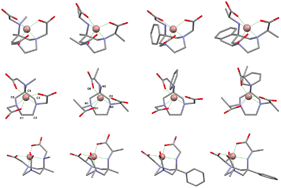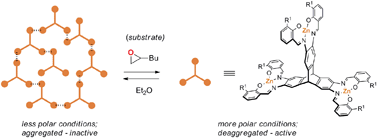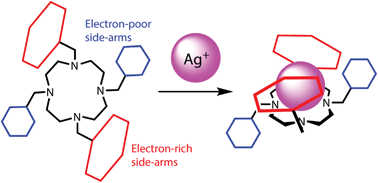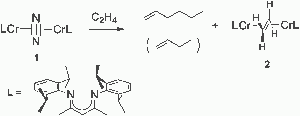This month sees the following articles in Dalton Transactions that are in the top ten most accessed:-
Recent progress in the synthesis of inorganic nanoparticles
C. N. R. Rao, H. S. S. Ramakrishna Matte, Rakesh Voggu and A. Govindaraja
Dalton Trans., 2012,41, 5089-5120
DOI: 10.1039/C2DT12266A
Ln(iii) complexes of a bis(5-(pyridine-2-yl)-1,2,4-triazol-3-yl)methane ligand: synthesis, structure and fluorescent properties
Alexey N. Gusev, Miki Hasegawa, Galyna A. Nishchymenko, Victor F. Shul’gin, Svetlana B. Meshkova, Pavel Doga and Wolfgang Linert
Dalton Trans., 2013,42, 6936-6943
DOI: 10.1039/C3DT50297J
Enhancing selective CO2 adsorption via chemical reduction of a redox-active metal–organic framework
Chanel F. Leong, Thomas B. Faust, Peter Turner, Pavel M. Usov, Cameron J. Kepert, Ravichandar Babarao, Aaron W. Thornton and Deanna M. D’Alessandro
Dalton Trans., 2013, Advance Article
DOI: 10.1039/C3DT00083D
New two-dimensional Mn(ii) metal–organic framework featured spin canting
Xin Chen, Yao-Yu Wang, Bin Liu, Bing Yin, Ping Liu and Qi-Zhen Shi
Dalton Trans., 2013,42, 7092-7100
DOI: 10.1039/C3DT32556C
Synthesis, structures and magnetic characterizations of isostructural tetranuclear Ln4 clusters (Ln = Dy, Ho, and Eu)
Bong Ho Koo, Kwang Soo Lim, Dae Won Ryu, Woo Ram Lee, Eui Kwan Koh and Chang Seop Hong
Dalton Trans., 2013,42, 7204-7209
DOI: 10.1039/C3DT00056G
Synthesis and characterization of hexa-coordinated Sn(iv) complexes of meso-aryl dipyrrins
Ritambhara Sharma, Avijit Ghosh, Benedikt Wolfram, Martin Bröring and Mangalampalli Ravikanth
Dalton Trans., 2013,42, 5627-5630
DOI: 10.1039/C3DT00031A
Cu12 and Cd16 coordination cages and their Cu3 and Cd3 subcomponents, and the role of inter-ligand p-stacking in stabilising cage complexes
Andrew Stephenson, Daniel Sykes and Michael D. Ward
Dalton Trans., 2013,42, 6756-6767
DOI: 10.1039/C3DT50161B
An unusual copper(i) halide-based metal–organic framework with a cationic framework exhibiting the release/adsorption of iodine, ion-exchange and luminescent properties
Bingjing Xin, Guang Zeng, Lu Gao, Yun Li, Shanghua Xing, Jia Hua, Guanghua Li, Zhan Shi and Shouhua Feng
Dalton Trans., 2013, Advance Article
DOI: 10.1039/C3DT50238D
Synthesis, characterization and catalytic activity of copper(ii) complexes containing a redox-active benzoxazole iminosemiquinone ligand
S. Esmael Balaghi, Elham Safaei, Linus Chiang, Edwin W. Y. Wong, Didier Savard, Ryan M. Clarke and Tim Storr
Dalton Trans., 2013,42, 6829-6839
DOI: 10.1039/C3DT00004D
Facile one-pot synthesis of uniform TiO2–Ag hybrid hollow spheres with enhanced photocatalytic activity
Sunli Wang, Huanhuan Qian, Yong Hu, Wei Dai, Yijun Zhong, Jiafu Chen and Xiao Hu
Dalton Trans., 2013,42, 1122-1128
DOI: 10.1039/C2DT32040A
Why not take a look at the articles today and blog your thoughts and comments below.
Fancy submitting an article to Dalton Transactions? Then why not submit to us today or alternatively email us your suggestions.











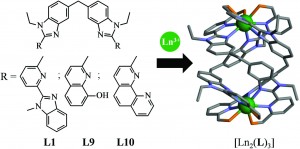
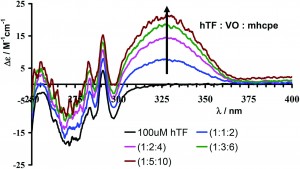
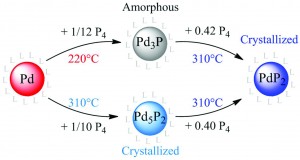
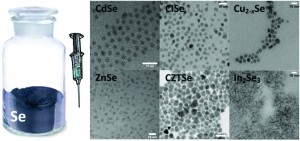

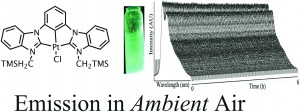
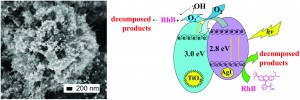
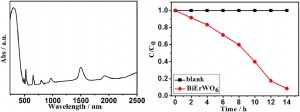
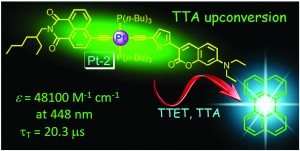
![Structural trends in ten-vertex endohedral clusters, M@E10 and the synthesis of a new member of the family, [Fe@Sn10]3− Structural trends in ten-vertex endohedral clusters, M@E10 and the synthesis of a new member of the family, [Fe@Sn10]3−](https://blogs.rsc.org/dt/files/2013/04/c3dt50643f-ga-289x300.jpg)
![Recyclable calix[4]arene–lanthanoid luminescent hybrid materials with color-tuning and color-switching properties](https://blogs.rsc.org/dt/files/2013/04/GA1.gif)


